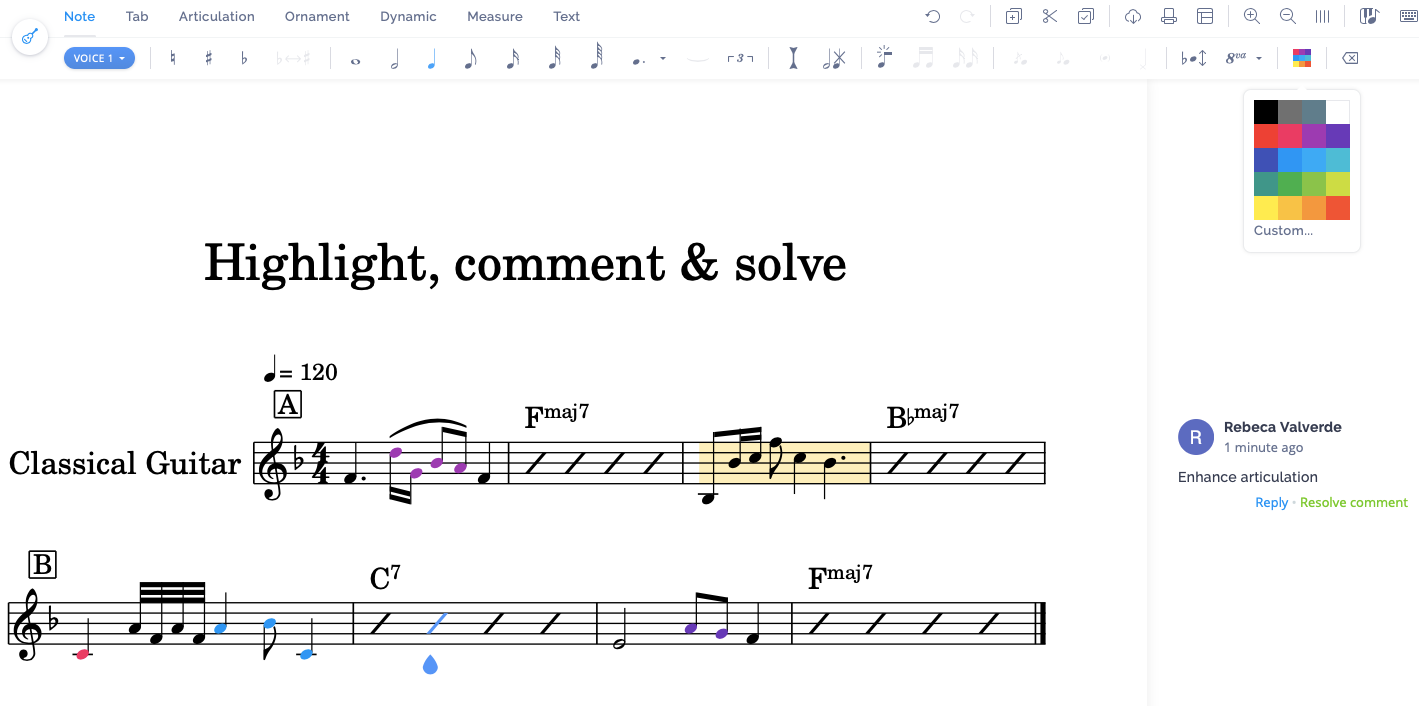

The female figures, most abundant in the collection of terracotta sculptures, are particularly distinctive for their full-bodied and finely ornamented form, characterised by wide hips, languorous poses, and heavy adornment. It is possible that these representations are influenced by indigenous belief systems and populist visual idioms. The figures depicted in these sculptures include yakshis, yakshas, nagas and other nature sprites and folk deities. These objects are also all flat-backed or formed as plaques, with none being fully modelled or in the round, attesting to their mode of production. Terracotta sculptures from the Shunga period are a marked departure from their counterparts from the Mauryan era, during which hand-modelling was replaced by mould-forming - possibly due to an increased demand for terracotta objects and clay being more abundant and manipulable than stone. These figurines, like the more monumental sculptural works near the Bharhut and Sanchi stupas, reflect a shift from the stylised and spare Graeco-Buddhist aesthetic to a more direct and descriptive indigenous style, marking the advent of a phase of great refinement in the Indian sculptural arts.

Shunga Terracotta Sculptures%newline%A collection of terracotta figurines and plaques from the Shunga period that is dated to 187–78 BCE and was excavated from parts of present-day Bengal and Uttar Pradesh.


 0 kommentar(er)
0 kommentar(er)
